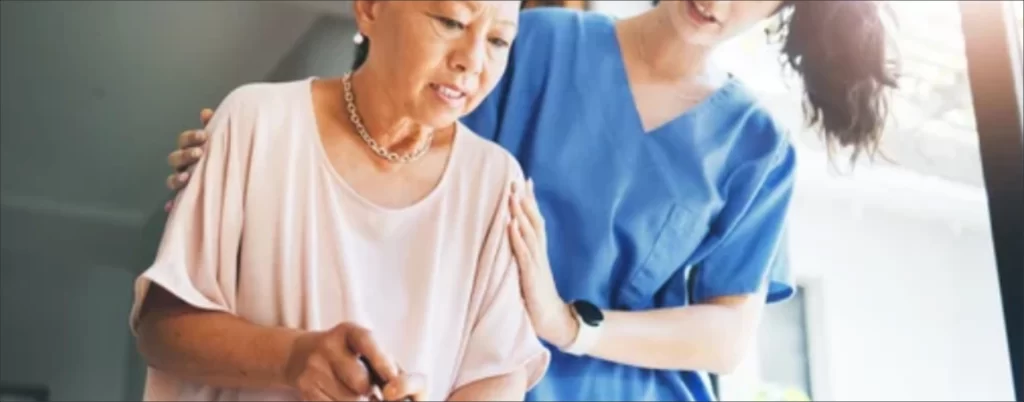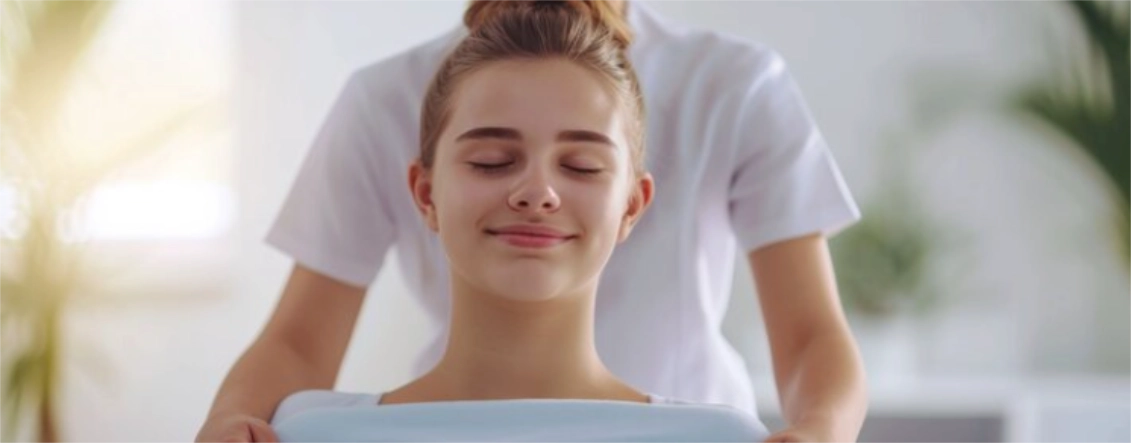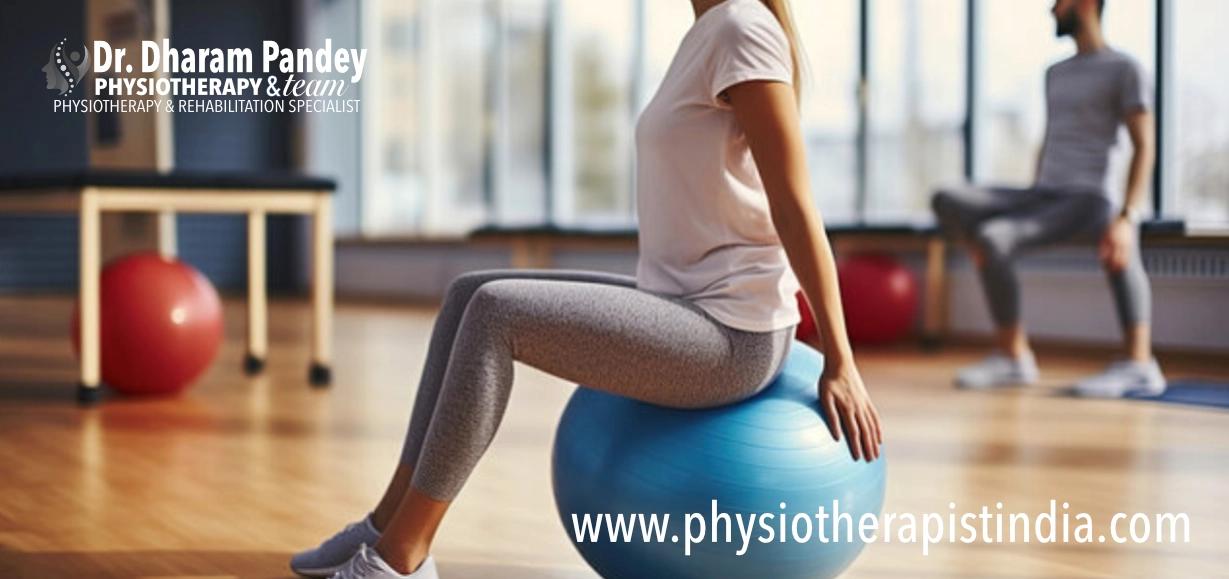UNDERSTANDING BALANCE IMPAIRMENT, CAUSES, AND TREATMENT
INTRODUCTION:
Balance is an important aspect of our daily lives, allowing us to perform various tasks and activities with ease. It is the ability of an individual to maintain stability and control over their body while standing, walking, or performing any physical activity. However, in some cases, individuals may experience balance impairments, which can be a source of concern and can impact the quality of life.
BALANCE IMPAIRMENT:
Balance impairment refers to a decrease in an individual’s ability to maintain stability and control over their body. It can be due to a variety of factors, including aging, neurological conditions, vestibular disorders, and musculoskeletal conditions. Individuals with balance impairments may experience difficulty in performing daily activities and may also have an increased risk of falls.
PATHOPHYSIOLOGY OF BALANCE:
Balance is maintained by the integration of sensory information from the visual, vestibular, and somatosensory systems. The visual system provides information about the environment, the vestibular system provides information about head position and movement, and the somatosensory system provides information about the position and movement of the limbs and body. If any of these systems are not functioning properly, balance can be impaired.
CAUSES OF BALANCE IMPAIRMENTS:
There are several causes of balance impairments, including:
· Aging: With aging, the sensory and motor systems responsible for balance can deteriorate, leading to balance impairments.
· Neurological conditions: Parkinson’s disease, Multiple Sclerosis, and other neurological conditions can affect the function of the sensory and motor systems responsible for balance, leading to balance impairments.
· Vestibular disorders: Disorders of the inner ear, such as Meniere’s disease, can cause problems with the vestibular system and lead to balance impairments.
· Musculoskeletal conditions: Arthritis, joint replacement, and other musculoskeletal conditions can lead to balance impairments by affecting the ability of the body to maintain stability and control.
FALL PREVENTION TIPS:
Falls can be serious and can lead to injuries, especially in individuals with balance impairments. To prevent falls, it is important to:
· Make sure that the environment is free of obstacles
· Wear shoes with good grip and support
· Use a cane or walker if necessary
· Exercise regularly to improve balance and strength
· Keep medications organized and take them as directed
TREATMENT AND REHABILITATION FOR BALANCE IMPAIRMENTS:
There are several treatment and rehabilitation options available for individuals with balance impairments, including:
Neurological Physiotherapy: Physiotherapy can help improve balance and reduce the risk of falls by targeting the underlying causes of balance impairments. Physiotherapists can help improve the function of the sensory and motor systems responsible for balance and can also provide exercises to improve strength and balance.
Strengthening Exercises: Strengthening exercises can help improve balance by increasing the strength of the muscles responsible for stability and control. These exercises can also help improve the function of the sensory and motor systems responsible for balance.
Technology-Driven Balance Training: Advances in technology have led to the development of various devices and tools that can be used to improve balance. These include virtual reality balance training programs and balance boards.
Balance Training Exercises: Balance training exercises are designed to improve balance and reduce the risk of falls. These exercises can include activities such as standing on one foot, walking heel to toe, and other exercises that challenge balance.
Balance impairments can have a significant impact on an individual’s quality of life and can increase the risk of falls. However, with the right treatment and rehabilitation, individuals can improve their balance and reduce the risk of falls. Physiotherapy, strengthening exercises, technology-driven balance training, and balance training exercises are all effective options for treating balance impairments.
If you or someone you know is experiencing balance impairments, it is important to seek the help of a healthcare professional to develop an individualized treatment plan. With the right care, individuals can regain their confidence and improve their ability to perform daily activities with ease.
THE VESTIBULAR SYSTEM DISORDERS, DIZZINESS, AND VERTIGO: AN OVERVIEW
The vestibular system is responsible for controlling our sense of balance and spatial orientation. It is a complex network of organs and nerves that communicate with the brain to give us information about our movements and the position of our head and body in space. However, when something goes wrong with this system, it can cause vestibular system disorders, dizziness, and vertigo. In this article, we will explore the pathophysiology, causes, prevention tips, and treatment options for these conditions.
PATHOPHYSIOLOGY OF VESTIBULAR SYSTEM DISORDERS, DIZZINESS, AND VERTIGO
The vestibular system is composed of the inner ear and the vestibular nerve, which are responsible for detecting changes in our head position and transmitting this information to the brain. Vestibular system disorders occur when there is a problem with this system, causing the brain to receive incorrect information about our movements. This leads to dizziness, imbalance, and vertigo, which are all symptoms of vestibular system disorders.
CAUSES OF VERTIGO AND BENIGN POSITIONAL VERTIGO
There are many different causes of vestibular system disorders, including inner ear infections, head trauma, and nerve damage. One common type of vestibular system disorder is benign positional vertigo (BPPV), which occurs when small crystals in the inner ear become dislodged and float into the wrong part of the ear, causing vertigo and dizziness. BPPV is usually caused by head trauma, aging, or an underlying medical condition.
FALL PREVENTION TIPS
People with vestibular system disorders are at a higher risk of falling, which can be dangerous and lead to serious injury. To prevent falls, it is important to stay active, maintain good physical fitness, and practice good balance. Additionally, it is recommended to use assistive devices such as canes or walkers, and to make home modifications to reduce fall risks.
TREATMENT AND REHABILITATION FOR VESTIBULAR SYSTEM DISORDERS
There are several treatment and rehabilitation options available for people with vestibular system disorders, including vestibular rehabilitation therapy (VRT), liberatory maneuvers for BPPV, neurological physiotherapy, technology-driven therapy, balance training exercises, and vestibular rehabilitation exercises.
VESTIBULAR REHABILITATION THERAPY (VRT)
VRT is a type of physical therapy that is specifically designed to help improve balance, reduce dizziness, and prevent falls. This type of therapy uses a combination of exercises and movements to improve the function of the vestibular system.
LIBERATORY MANEUVERS FOR BPPV
BPPV can be treated using liberatory maneuvers, which are specific movements that are designed to reposition the small crystals in the inner ear back to their proper location.
· NEUROLOGICAL PHYSIOTHERAPY
Neurological physiotherapy is a type of physical therapy that focuses on improving the function of the nervous system, including the vestibular system. This type of therapy can help improve balance, reduce dizziness, and prevent falls.
· TECHNOLOGY-DRIVEN THERAPY
There are several technology-driven therapies available for people with vestibular system disorders, including virtual reality therapy and computer-based balance training. These types of therapies can be used in conjunction with other forms of treatment and rehabilitation to help improve the function of the vestibular system.
· BALANCE TRAINING EXERCISES
Balance training exercises are designed to improve stability and reduce the risk of falls. These exercises can be performed at home or with the assistance of a physical therapist.
· VESTIBULAR REHABILITATION EXERCISES
Vestibular rehabilitation exercises are specific exercises that are designed to improve the function of the vestibular system and reduce symptoms such as dizziness and vertigo. These exercises can include head and eye movements, balance training, and gait training.
In conclusion, vestibular system disorders, dizziness, and vertigo can be debilitating conditions that affect balance and stability. However, with the right treatment and rehabilitation, it is possible to improve the function of the vestibular system and reduce symptoms.
This may include vestibular rehabilitation therapy, liberatory maneuvers, neurological physiotherapy, technology-driven therapy, balance training exercises, and vestibular rehabilitation exercises. It is important to work with a healthcare provider or physical therapist to determine the best course of treatment and rehabilitation for your specific needs and goals.














